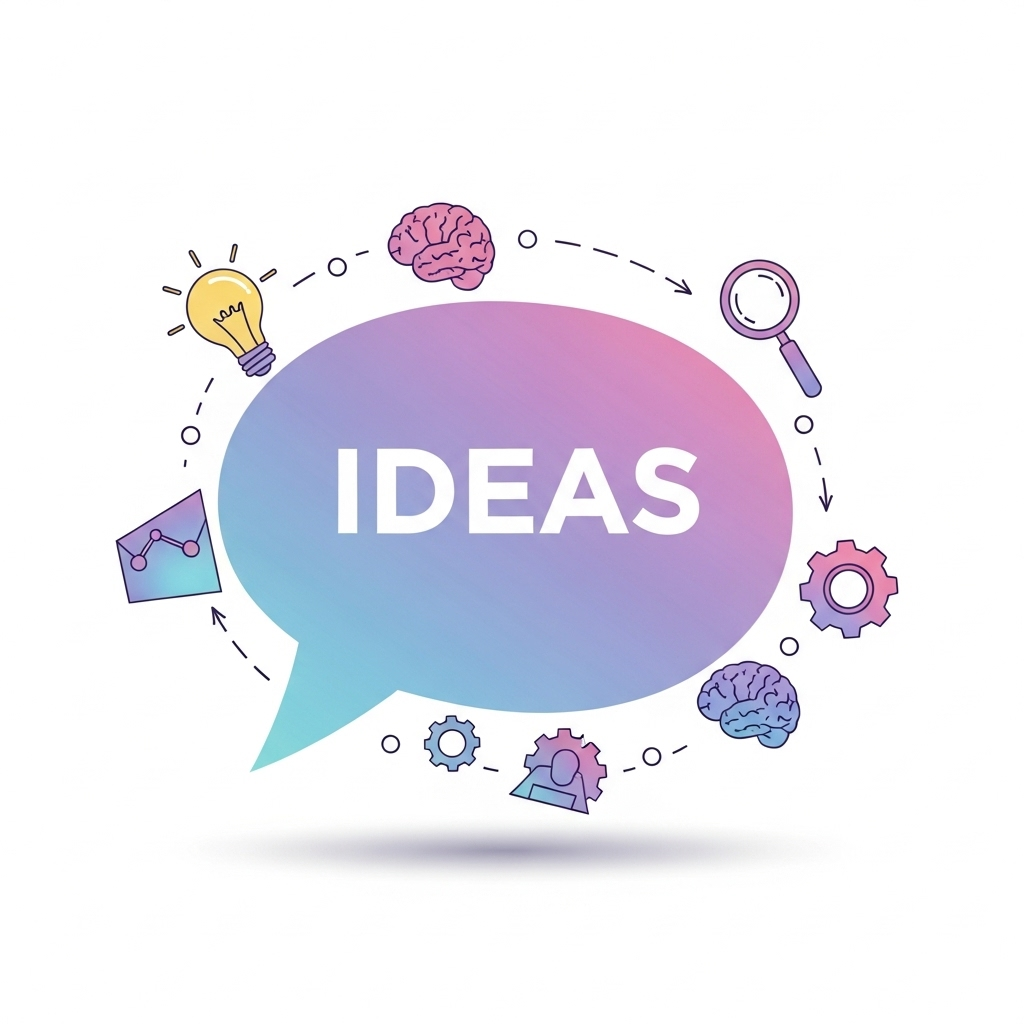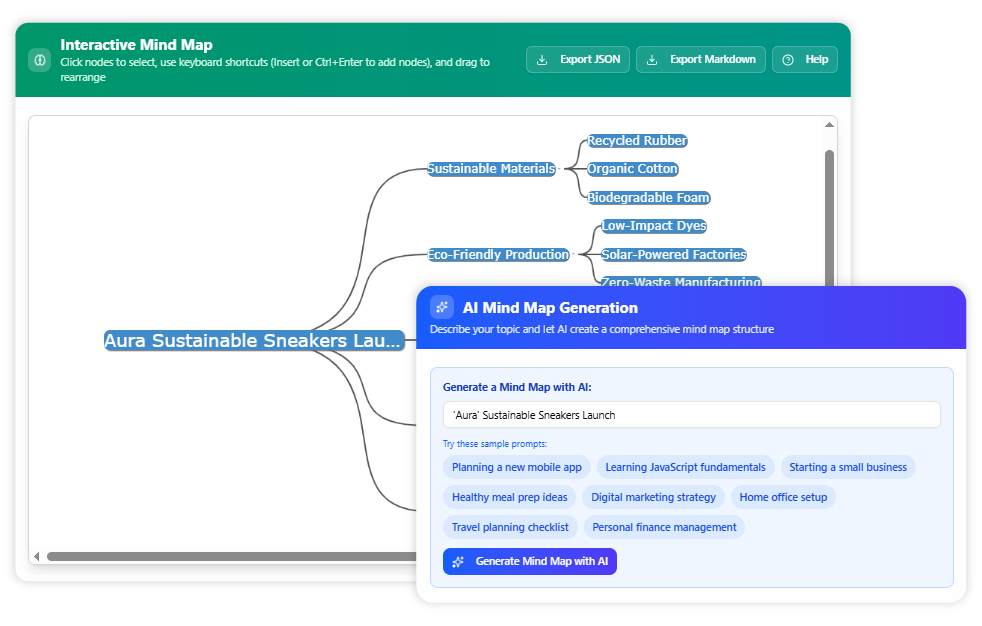Now Reading: Mind Maps for Students & Educators: Master Learning & Study Smarter
-
01
Mind Maps for Students & Educators: Master Learning & Study Smarter
Mind Maps for Students & Educators: Master Learning & Study Smarter
In today’s academic world, students and educators are constantly navigating a sea of information. From dense textbooks and lengthy lectures to research papers and complex syllabi, the sheer volume can be overwhelming. Traditional note-taking methods often fall short, leading to passive learning and forgotten details. How can we cut through the noise and build a deeper, more lasting understanding of complex subjects? The answer lies in a powerful visual technique: mind mapping, an intuitive approach that transforms how we absorb, organize, and recall knowledge.
A Smarter Way to Learn

Mind mapping is a dynamic method of capturing information that mirrors how our brains actually work—by making connections. Instead of writing linear notes, you start with a central topic and branch out with related ideas, keywords, and concepts. This visual structure helps to engage your whole brain, making learning more active, engaging, and effective.
- Active Recall: By creating a map from memory, you actively retrieve information, which strengthens neural pathways and dramatically improves retention.
- Summarization: Condense entire chapters or lectures into a single, easy-to-digest visual, perfect for quick review and prep.
- Connection: Visually link different concepts to see the bigger picture and understand complex relationships that linear notes might hide.
Benefits of Mind Mapping for Learning
Active Recall
Engage deeply with material by recreating mind maps from memory, strengthening neural connections for long-term retention.
Efficient Summarization
Condense vast amounts of information from textbooks and lectures into single-page visual summaries for quick review.
Better Understanding
Visually connect key concepts to see the big picture and grasp complex inter-relationships that linear notes often miss.
Creative Essay Planning
Structure arguments, brainstorm ideas, and organize evidence in a non-linear way, fostering a more coherent and creative writing process.
Effective Exam Revision
Create powerful, memorable study guides that highlight key topics and connections, making exam preparation less stressful and more productive.
Boosted Engagement
The use of colors, images, and spatial organization makes learning more interactive and fun, increasing focus and motivation.
Specific Use Cases in Education
Mind mapping is a versatile tool for students and teachers alike, applicable across countless scenarios.
For Students
- Outlining history essays with timelines and key events.
- Mapping complex biological processes like photosynthesis.
- Planning a thesis or research paper from start to finish.
- Taking dynamic notes during a fast-paced lecture.
For Educators
- Designing a curriculum or lesson plan for the semester.
- Creating engaging study guides for students to use.
- Explaining complex scientific or literary concepts visually.
- Facilitating collaborative brainstorming sessions in class.
How AI Brainstorm Supports Students & Educators

See how a marketing manager for an e-commerce brand uses AI to plan a complete launch campaign for a new sustainable product line. From initial concept to a full-funnel content plan, all in one visual workspace.

